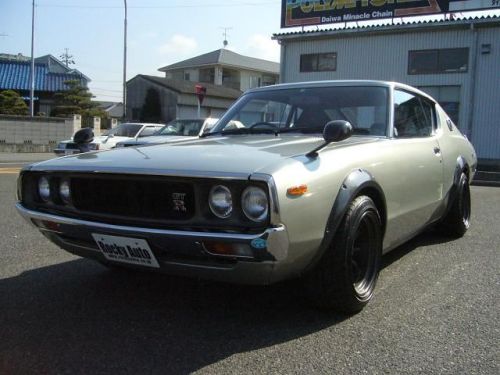Yes, COMMUNISM. How on earth did i draw parallels between Industrial Design and communism? Well- all it took was one meeting between every student in the final year group for me to come to the conclusion that communism has overrun the planning of our final graduation exhibition at the end of the year.
It has been decreed (YES, decreed- to emphasise the seriousness of the matter), that the presentation panel/s that each students places behind their project will all be regulated to follow a singular stylistic format. The decision was made after it was argued that presentation panels from previous years looked like a shambles when in a small gallery space.

It was decided that in the interest of professionalism, uniformity and sheer insanity- it would be a grand idea to force the students to follow a template that must be used on their presentation panels. Kim Jong Il anyone? This is the first recorded case of communism in the Industrial Design field- and my fellow students and I are NONE TOO PLEASED.
The presentation panel………in all its many guises……..tells the story. Imagine the actual product is the crystal ball and the presentation panel is the crazy old gypsy lady telling a story. The panel should be individual- a representation (both textual and visual) of a students story of the product and of their adventure over the past year. Regulating the way in which we tell our story is…………..well…………it is sacrilege in my opinion.
For the 5 of us doing vehicle design, it is of THE utmost importance that we be given entire creative freedom when we do our posters. The viewer needs to understand that the model in front of them is not just a fancy looking car- but a product of passion and a love for the car. The presentation panel tells this story.

Comment please. I want to hear what people think on this.











